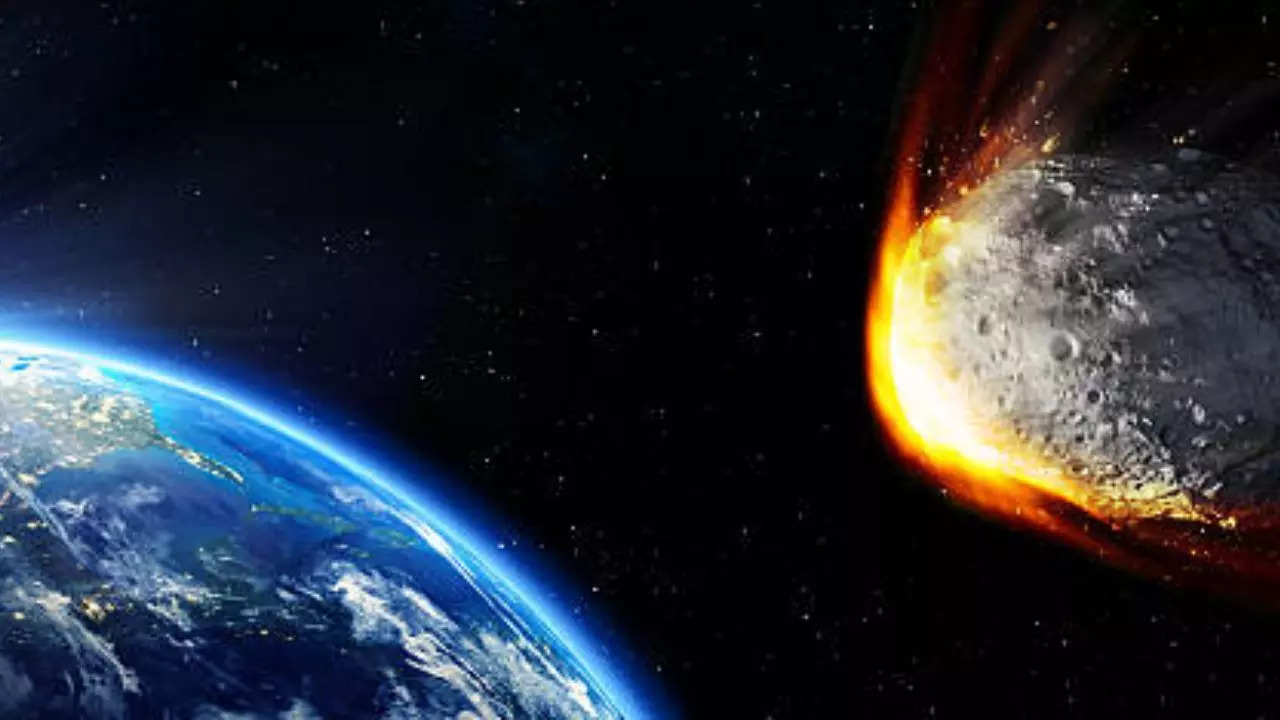NASA warns of 140-foot asteroid 2024 PQ5 hurtling through space at 28,000 mph.
Photo: iStock
POT has issued a warning about an asteroid called 2024 PQ5, which will pass close to Earth on August 20, 2024 at 08:14 UTC (13:44 IST). space rockAt about 140 feet (43 meters) in size, it is comparable in size to a small airplane and travels through space at an astonishing speed of 28,000 mph (45,268 km/h).
Asteroid 2024 PQ5 Details
2024 PQ5 belongs to a group of asteroids known as Apollo asteroids. These near-Earth objects (NEOs) have orbits that intersect with that of our planet, bringing them close to it. While most NEOs do not pose a threat, a small subset, called potentially hazardous asteroids, require closer attention. These are defined as asteroids larger than 460 feet with orbits that bring them within 7.5 million kilometers of Earth’s orbit.
Although 2024 PQ5 will pass within 5.1 million kilometers of Earth, it does not meet the size criteria to be a potentially hazardous asteroid. Nevertheless, NASA’s Center for Near-Earth Object Studies (CNEOS) continues to closely monitor it, along with all known NEOs, to assess any potential impact risk.
How NASA tracks asteroids
Data on the orbital positions of these asteroids are provided by the Minor Planet Center, an internationally recognized center for small-body position measurements. These data are collected by observatories around the world, including contributions from amateur astronomers. However, the majority of asteroid tracking data comes from large NASA-funded observatories such as Pan-STARRS, the Catalina Sky Survey, and NASA’s NEOWISE mission. Future missions such as NEO Surveyor will further enhance these tracking capabilities. In addition, planetary radar projects such as JPL’s Goldstone Solar System Radar Group play a crucial role in tracking these space objects.
Hypothetical impact scenario
In a hypothetical scenario, asteroid 2024 PQ5 would explode 2.3 kilometers from the planet’s surface, and the consequences could be devastating. The explosion would be equivalent to 4 megatons of TNT, causing a shock wave of 202 decibels. Such an explosion could cause buildings to collapse within a 6.5-kilometer radius and nearly all trees within a 9.6-kilometer radius to fall. The impact would be similar to that of the 1908 Tunguska earthquake, when a powerful explosion flattened approximately 80 million trees over an area of 2,000 square kilometers in Siberia.
Fortunately, with current data and NASA’s continued monitoring efforts, we can be confident that 2024 PQ5 will pass safely by without causing any damage.
Disclaimer:
The information contained in this post is for general information purposes only. We make no representations or warranties of any kind, express or implied, about the completeness, accuracy, reliability, suitability or availability with respect to the website or the information, products, services, or related graphics contained on the post for any purpose.
We respect the intellectual property rights of content creators. If you are the owner of any material featured on our website and have concerns about its use, please contact us. We are committed to addressing any copyright issues promptly and will remove any material within 2 days of receiving a request from the rightful owner.

